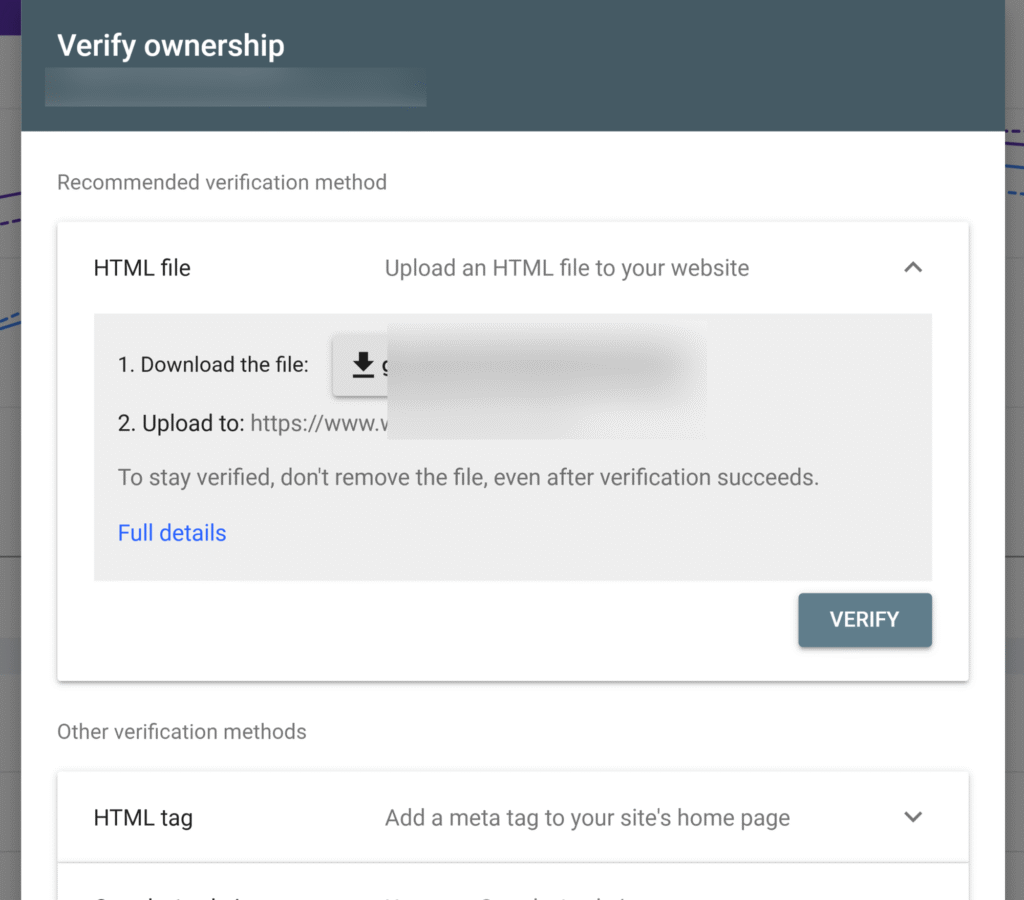Want to get your website in front of more people? Making sure search engines know about your site is step one. While Google and other search engines often find websites naturally through links, manually submitting your site can speed up the process and boost your visibility.
Add your site to search engines manually
Submit your site to Google Search Console
Google Search Console is your gateway to Google’s index. First, create an account and add your website as a property. You’ll need to verify ownership by adding a DNS TXT record through your domain provider. Once verified, submit your sitemap by navigating to the Sitemaps section and entering your sitemap URL (usually yourdomain.com/sitemap.xml). This helps Google understand your site structure and crawl your pages more efficiently.

Submit URL to Bing using Bing Webmaster Tools
Bing’s process is similar to Google’s. Register with Bing Webmaster Tools, add your site, and verify ownership. Then submit your sitemap through the dashboard. This step is crucial because Bing Webmaster Tools allows you to tell Bing about content updates and important changes to your site.
Add your site to Yahoo through Bing integration
Here’s a time-saver: Yahoo search results are powered by Bing’s index. This means you don’t need to submit separately to Yahoo! When you register with Bing Webmaster Tools, your site automatically gets visibility on Yahoo too.
Are There Other Tools You Should Register Your Website With
Don’t stop at just the big three search engines. Consider adding your site to Yandex (popular in Russia) and Baidu (dominant in China) if you’re targeting international audiences. Google My Business is essential for local SEO, while industry-specific directories can drive targeted traffic. These tools not only improve visibility but also provide valuable insights to help optimize your website.
How to Check If Your Page Is on Google
Curious if Google has found your site? Simply type “site:yourdomain.com” into Google’s search bar. If your pages appear, you’re indexed! For more detailed information, check your Google Search Console dashboard, which shows exactly which pages are indexed and any potential issues that need fixing.
Conclusion
Adding your site to search engines is a quick process that pays off enormously. While manual submission isn’t always necessary, it can speed up indexing and give you access to valuable webmaster tools. Remember that submission is just the first step; creating quality content and building a strong link profile will ultimately determine your search success.
FAQs
How do I submit my website to every major search engine?
Focus on Google Search Console and Bing Webmaster Tools. Since Bing powers Yahoo, and Google dominates search traffic, these two submissions will cover most major search engines. For international reach, consider Yandex and Baidu separately.
What is the best way to submit a URL to Bing?
The most effective method is through Bing Webmaster Tools. Create an account, verify your site ownership, and submit your sitemap. You can also use the URL submission tool for individual pages that need immediate attention.
How long does it take to get indexed by Google after submission?
Indexing times vary widely. New sites typically take anywhere from a few days to a few weeks. Established sites with regular crawling may see new pages indexed within hours. Factors like site authority and the number of quality backlinks can speed up the process.
Do I need to submit my site to Yahoo separately?
No, Yahoo uses Bing’s search index. When you submit your site to Bing Webmaster Tools, it automatically becomes visible on Yahoo search as well.
Can I add my site to search engines without using webmaster tools?
Yes, though it’s not ideal. Search engines naturally discover sites through links from other websites. Creating quality backlinks from reputable sites will eventually lead to indexing, but using webmaster tools gives you more control and valuable insights into how search engines view your site.



